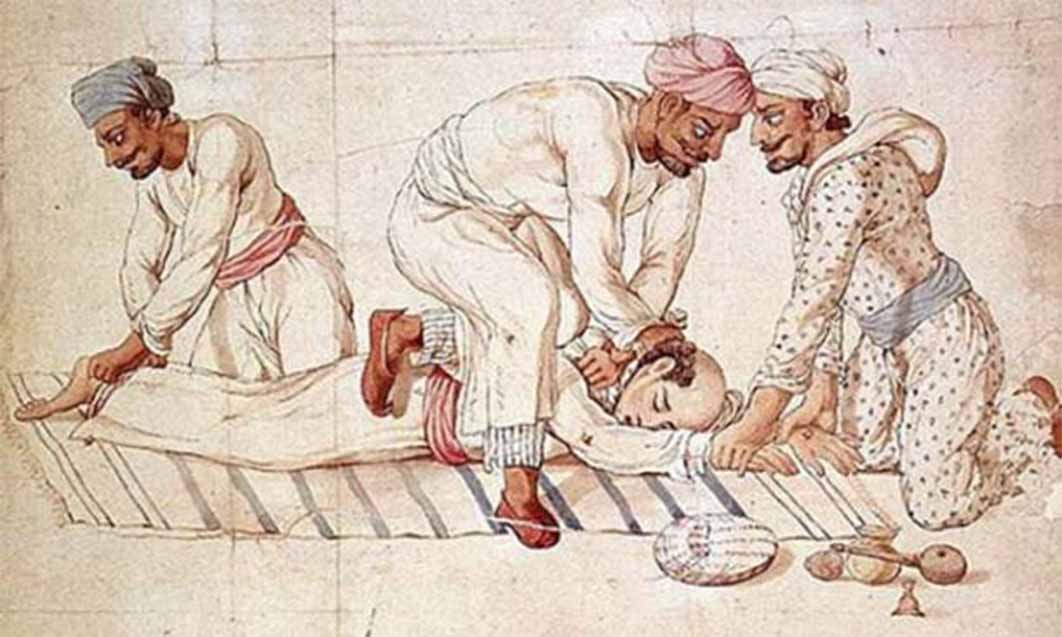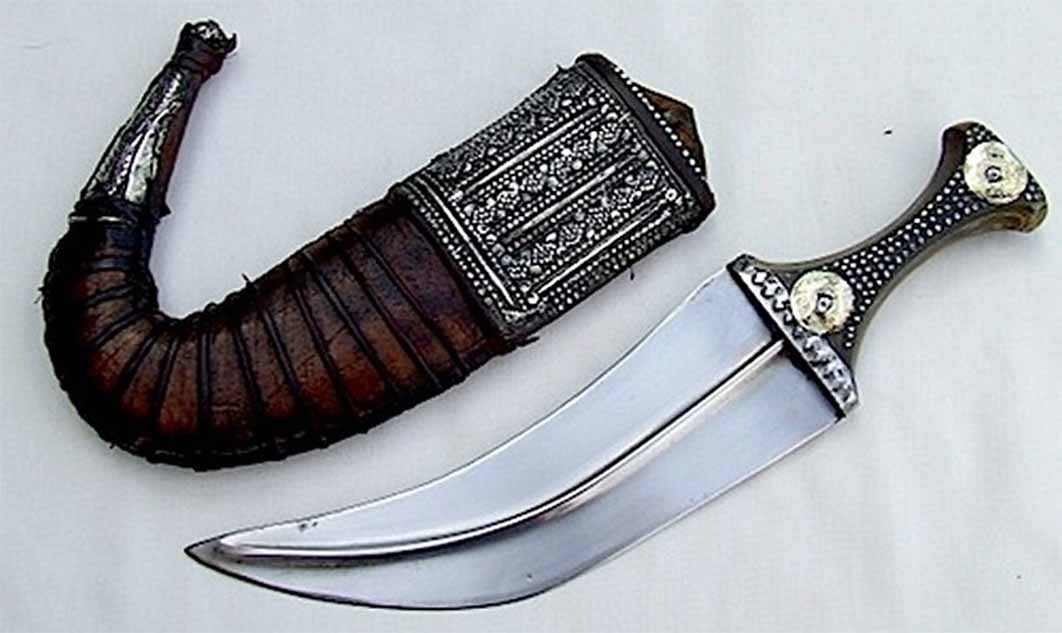
History Of Assassins: When Human Hunter-Killers Began Hunting Humans
For at least 200,000 years Homo sapiens were hunter-gatherer-fishers and at the end of the last Ice Age, about 10,000 years ago, they flipped from being the number one prey food on the planet to being the apex predator. One would expect that having dominated every animal on the planet, the global overlords would have evolved from their hyper-violent past, but this is not the case. Rather than working together as hunting teams trying to fell huge megafauna, since the dawn of ‘civilization’ about 3,000 years ago, history is replete with endless records of highly-trained factions of human hunter-killers.

Thuggees strangling a traveler on a highway in India in the early 19th century. ( Public Domain )
Assassins, and gangs of them, have appeared throughout history in many formats from inspired political activists to gold-hungry, cold-hearted killers. Killing their targets for a host of reasons, but most having a financial benefit, most of history's renowned specialized killers had deep political affiliations and military allegiances. What they all had in common was the practice of recruiting young members and brainwashing them into the ways of the skilled-murderer. In remote hilltop forts, new recruits were taught the arts of deceit and misdirection so as to become professional manhunters, and in some cases, womanhunters.
In the year 70 AD the Second Temple in Jerusalem was destroyed by the Roman army during the First Jewish-Roman War by Francesco Hayez (1867) (Public Domain)
Beware Of Crowds: The Sicarii Are On The Loose
The Sicarii were a splinter group of the Jewish Zealots who were active around 70 AD. The name Sicarii is the plural of the Latin ‘Sicarius’ (dagger man) and it was because of the actions of these Jewish freedom fighters (assassins) that the term later became associated with assassins and murderers. The Sicarii began their reign of terror in Jerusalem under the leadership of Menahem, the grandson of Judah, a former Jewish dissident. Unlike most other groups of assassins before them, the Jewish Sicarii were overtly motivated by religion and politics with the prime goal of driving the Roman invaders and their Jewish collaborators from the lands of Judea. Achievement of this goal meant training new recruits on how to conduct various guerrilla operations against Roman convoys and legions in Judea, which differed from all of the other provinces to the east of the Roman Empire in that it never submitted to Roman rule.

The bent Sicarii Dagger was the preferred weapon of the Sicarii Assassins, having evolved from the wheat scythe. (CC BY-SA 2.0)
Josephus, in his Jewish War, describes how the Sicarii would mingle with crowds at festivals and stalk their targets looking for weaknesses. It was written that the murderers went about ‘discretely stabbing them with their eponymous daggers which they hid under cloaks before melting away into the crowd’. The High Priest, Jonathan, was the group’s first victim and thereafter Josephus informs in Book II, Chapter 13 of ‘War of the Jews’: ‘many were slain every day, while the fear men were in of being so served was afflicting, everybody expected death every hour as men do in war.’ In 66 AD, at the beginning of the Great Jewish Revolt, the Sicarii captured the Roman fortress at Masada where Menahem slaughtered the entire garrison and installed 900 of his own men. The army of trained assassins would later march on Jerusalem to join Eleazar, the leader of the Jewish Revolt. Within four years, however, the latter would assassinate the former after he further destabilized Jerusalem by claiming he was the returned Messiah, leading the Romans to retaking the city in 70 AD at which time they destroyed Solomon’s Temple and dispersed the Jews.
Upon the sacking of Jerusalem the surviving Sicarii retreated to their mountain top fortress of Masada in the Southern District of Israel. Situated on top of an isolated rock plateau on the eastern edge of the Judaean Desert, overlooking the Dead Sea (20 kilometers / 12 miles) east of Arad, from here the assassins raided and pillaged farms and estates in the surrounding local countryside. Josephus said their attack on the village of Engedi, an oasis and a nature reserve located west of the Dead Sea, near Masada and the Qumran Caves led to the butchering of 700 women and children. Roman forces turned their Jewish slave labor towards constructing a ramp up to the Masada fort, and in 73 AD the Romans eventually entered the stronghold. However, they were to discover that all of the stabbing-men had committed suicide with their own blood-soaked blades as a preferred mode of death compared to the inevitable crucifixion that awaited them.





